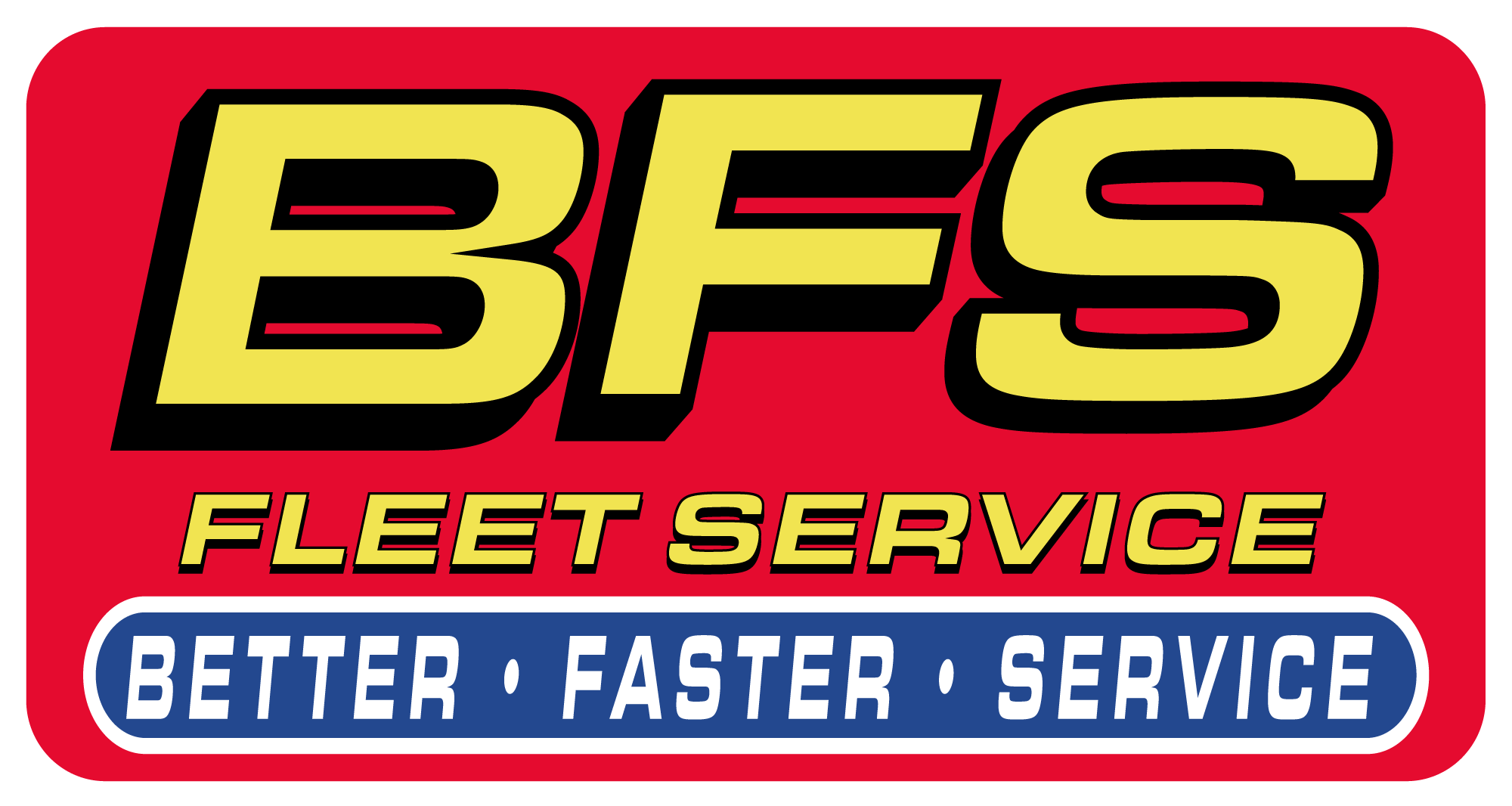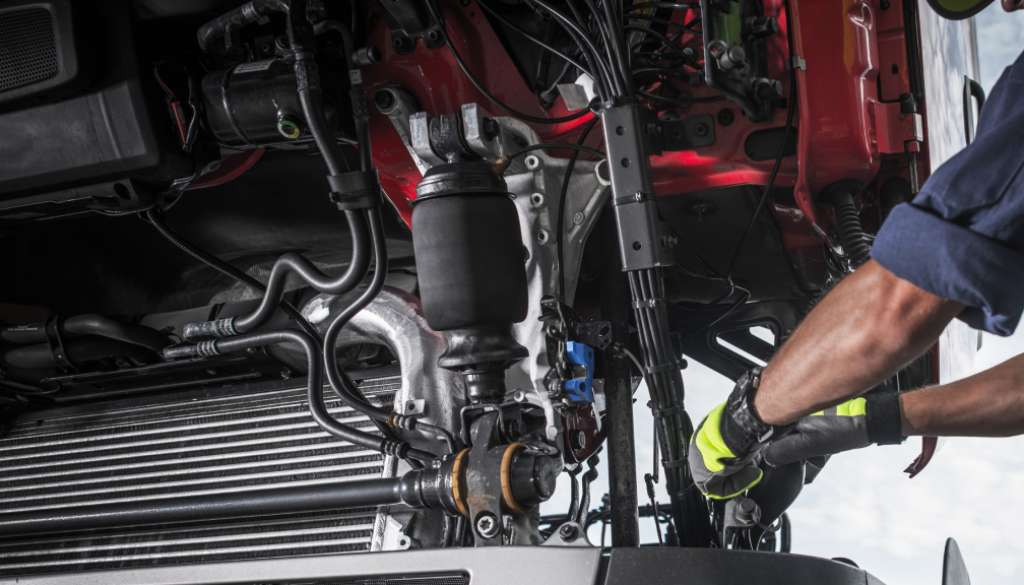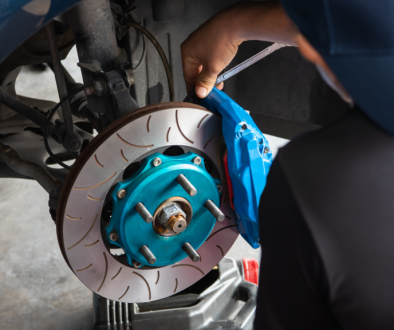The trucking industry plays a critical role in global commerce, but it also contributes significantly to environmental pollution. From fuel emissions to hazardous waste disposal, traditional truck maintenance can negatively impact the planet. However, adopting eco-friendly repair and maintenance practices can reduce a fleet’s carbon footprint, enhance fuel efficiency, and lower operational costs.
Sustainable truck repair isn’t just about compliance with environmental regulations—it’s about creating long-term benefits for both businesses and the planet. This guide explores practical eco-friendly truck repair strategies that fleet managers and truck owners can implement today.
Understanding the Environmental Impact of Truck Repairs
Heavy-duty trucks contribute to greenhouse gas emissions, primarily from diesel fuel combustion. Maintenance and repairs also lead to environmental degradation through improper disposal of fluids, excessive energy use in repair facilities, and waste from non-recyclable parts.
Common Environmental Concerns in Truck Repair:
- Diesel exhaust emissions (nitrogen oxides and particulate matter)
- Improper disposal of engine oil, coolant, and transmission fluids
- Waste from worn-out parts, tires, and batteries
- Energy-intensive repair shop operations
Addressing these issues requires a shift toward eco-conscious maintenance and repair practices that minimize waste and promote sustainability.
Sustainable Practices in Truck Repair
Implementing eco-friendly repair strategies involves making small yet impactful changes in how trucks are maintained.
1. Use of Low-Emission Lubricants and Fluids
Switching to biodegradable engine oils, transmission fluids, and coolants reduces environmental contamination. These alternatives degrade more quickly, lowering pollution risks in case of leaks or spills.
2. Proper Disposal and Recycling of Hazardous Waste
Repair facilities should adopt strict waste management protocols for used oil, batteries, and tires. Recycling components like old metal parts, plastic reservoirs, and filters significantly reduces landfill waste.
3. Energy-Efficient Repair Shop Operations
Reducing a shop’s carbon footprint starts with simple changes such as LED lighting, solar panels, and energy-efficient HVAC systems. Using eco-friendly cleaning agents instead of harsh chemicals also helps reduce toxic runoff.
Fuel Efficiency Upgrades for Eco-Friendly Trucking
1. Installing Aerodynamic Enhancements
Aerodynamic features such as side skirts, roof fairings, and trailer tails help reduce drag and improve fuel economy. Studies show aerodynamics can increase fuel efficiency by 5-10%.
2. Upgrading to Low Rolling Resistance Tires
Low rolling resistance tires require less energy to move, reducing fuel consumption. Proper tire inflation further improves efficiency, as underinflated tires can increase fuel use by 3%.
3. Using Advanced Engine Tuning Technologies
Modern tuning systems optimize fuel injection and airflow, improving combustion efficiency. Advanced diagnostics help detect inefficiencies, ensuring the engine operates at peak performance.
Green Alternatives to Traditional Repairs
1. Remanufactured Parts Over New Components
Using remanufactured or refurbished parts reduces resource consumption while maintaining reliability.
2. Eco-Friendly Coolants and Brake Fluids
Switching to non-toxic, biodegradable coolants and brake fluids prevents contamination and minimizes hazardous waste disposal risks.
3. Electric and Hybrid Truck Components
Retrofitting older trucks with electric auxiliary power units (APUs) reduces idling emissions, extending vehicle lifespan while cutting fuel costs.
Compliance with Environmental Regulations
1. Understanding EPA and DOT Emissions Standards
Fleet owners must comply with EPA diesel emissions reduction programs. Upgrading emission control systems and using cleaner fuels help meet these standards.
2. Minimizing Fines and Regulatory Risks
Ignoring environmental regulations can lead to fines. Implementing strict maintenance schedules ensures compliance and prevents costly violations.
The Future of Eco-Friendly Truck Repairs
1. Alternative Fuels and Biofuels
The rise of biodiesel and renewable natural gas (RNG) provides cleaner alternatives to conventional diesel.
2. AI and Telematics for Green Fleet Management
AI and telematics systems track vehicle performance, fuel consumption, and emissions in real time, helping fleets optimize maintenance schedules and reduce environmental impact.
Practical Tips for Fleet Managers
- Develop a sustainability checklist for maintenance teams.
- Train technicians on eco-friendly repairs and waste disposal.
- Partner with suppliers that provide remanufactured or recyclable parts.
- Encourage fuel-efficient driving to reduce unnecessary idling.
- Monitor fleet emissions using telematics data for continuous improvement.
Frequently Asked Questions (FAQs)
1. What are the best eco-friendly maintenance practices for diesel trucks?
Regular engine tuning, using biodegradable lubricants, and maintaining proper tire inflation.
2. How can I reduce my fleet’s carbon footprint without upgrading to electric trucks?
Aerodynamic upgrades, fuel efficiency optimizations, and renewable fuels significantly cut emissions.
3. Are remanufactured truck parts as reliable as new ones?
Yes, they undergo rigorous testing and provide the same durability as new components.
4. What are the most cost-effective green upgrades for older trucks?
Installing low-rolling resistance tires, aerodynamic enhancements, and hybrid APUs.
5. How does regular maintenance improve sustainability?
It reduces energy waste, lowers emissions, and improves fuel economy.




